Discovery zone
In this hub you can:
- learn about air quality and how it affects climate change
- see how we measure air quality and how bad air can harm people's health
- find out what you can do to help clean up the air in Lewisham and reduce your impact on the climate
Types of pollution
In Lewisham, there are three types of pollution. Select each one to learn more.
-
O3
-
PM2.5
-
NO2
Where does this pollution come from?
Air pollution in Lewisham comes from the below sources, as well as from natural sources or events like forest fires.
-
Road vehicles
(cars and trucks)
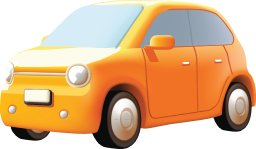
-
Construction
(building houses, offices)
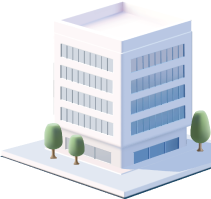
-
Waste disposal
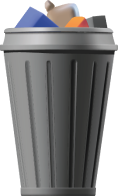
-
Agriculture
(farming)

-
Burning of solid fuels
Such as wood at home
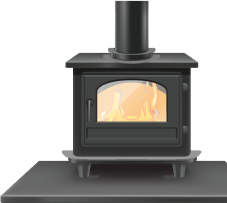
-
Burning of fuels for industry
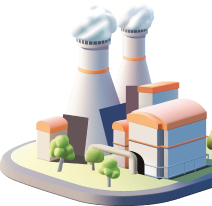
Health Impacts of air pollution
Air pollution affects different people in different ways.
-
Irritations
People who don't have health problems usually won't notice air pollution. But if the air pollution gets bad, even healthy people might get a sore or dry throat, sore eyes, and a tickly cough.
-
Stress on the body
People who have heart or lung problems are more likely to feel sick or need treatment when the pollution levels are high. They should follow their doctor's advice.
-
Asthma
Kids with asthma should always have their inhalers and other usual medicines with them, and make sure their teachers know about their asthma and what to do.
How do I know if air pollution is bad?
Air pollution is measured and monitored within the UK using a scale from 1 to 10.
Measuring air pollution
There are a number of ways to measure what is in air. We will focus on three main techniques for measuring these pollutants.
-
Automatic monitoring
How automatic monitoring works
Automatic monitoring is the most advanced way to check air pollution, but it’s also the most expensive! There are 7 places in Lewisham that use this method.
What it does:
- These sites work all day and night, measuring pollutants continuously.
- They pull in air and measure how much pollution is in it.
Different machines for different pollutants
Each machine measures a different pollutant. For example, a site might have:
- One machine for measuring nitrogen oxides (NOx)
- One for measuring ozone
- One for measuring particles like PM10
How we get the data
A computer collects the data from these sites, allowing us to monitor pollution levels almost in real time.
-
Passive monitoring (non-automatic)
How passive monitoring works
Passive monitoring is a simple and cheap way to measure gas using diffusion tubes. It doesn’t need electricity or pumps like automatic monitoring.
What it looks like:
- Diffusion tubes are small plastic tubes with one cap on top. You might see them strapped to lampposts!
- They usually monitor for 2-4 weeks at a time.
- Under the cap is a mesh disc with a chemical that absorbs NO2 (a type of pollution).
How it works:
- To start, the bottom cap is removed to let air flow inside the tube.
- After 2-4 weeks, the tube is closed and sent to a lab to see how much NO2 it absorbed.
- When gases pass over the mesh, the chemical inside the tube changes.
Comparison to automatic monitoring:
- Passive monitoring is cheaper but less accurate than automatic monitoring.
- It doesn’t show day-to-day pollution trends as well as automatic monitoring does.
-
Sensors
How air quality sensors work
Air quality sensors are small, simple devices that use very little power. They can give us data every minute. Lewisham Friends of the Earth has put these sensors all over the city to find areas with lots of pollution. You can learn more about this in the Lewisham Particulates Monitoring Project.
Why they’re useful:
They help us quickly find places where air pollution is high.
Checking the data:
The data from these sensors needs to be compared with data from more advanced methods, like automatic monitoring sites, to make sure it's accurate.
Why is weather important?
-
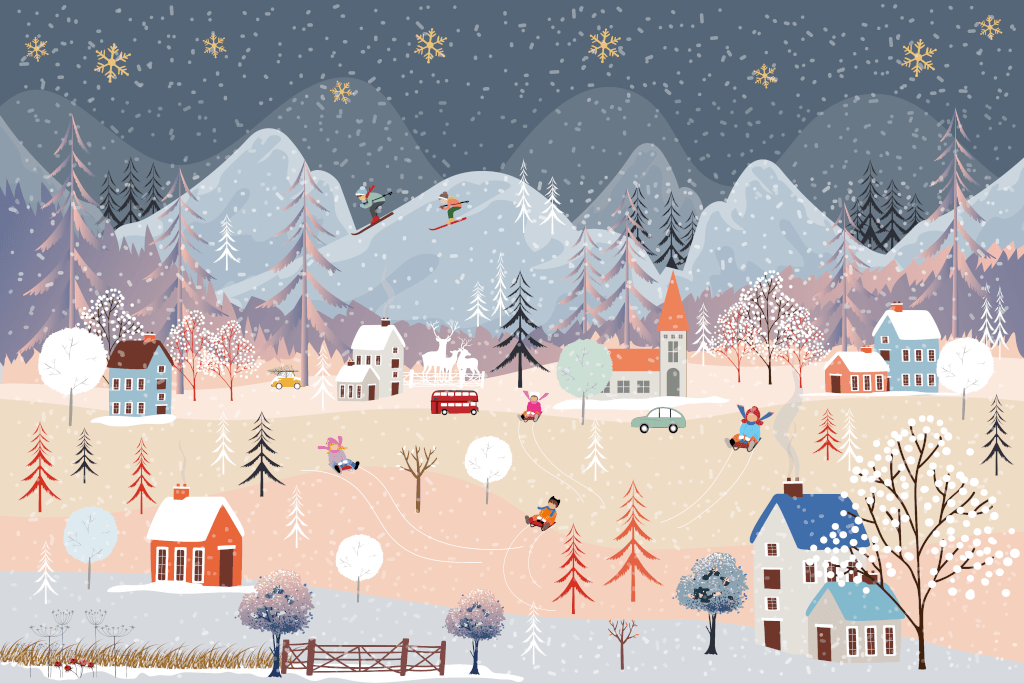
Wintertime
During the winter, the air pollution gets worse because of the weather. There is less sunlight and it's colder, so the pollutants in the air stay closer to the ground where people can breathe it in. Also, in winter, more people drive cars and use heaters, which makes the air even dirtier.
-
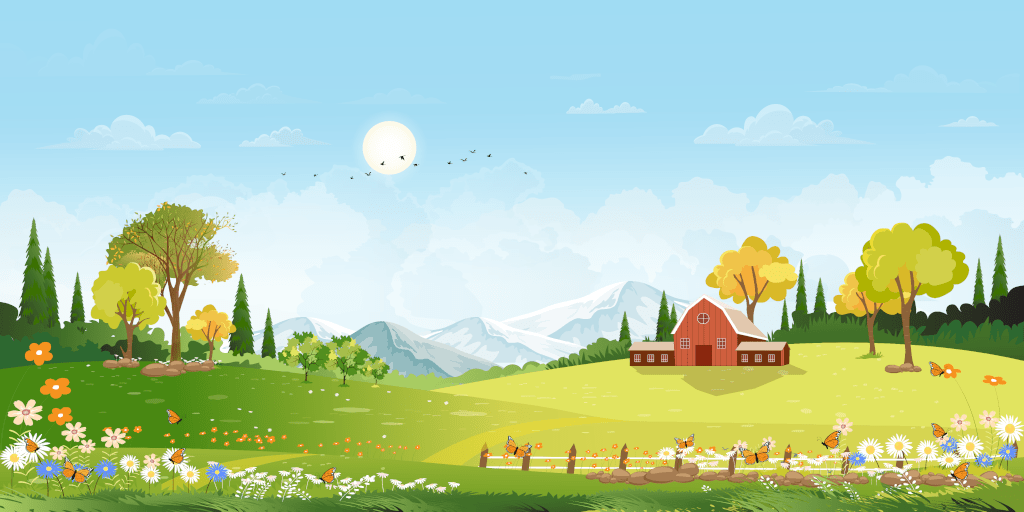
Summertime
In the summer, when it's hot and sunny and there isn't much wind, a gas called ozone can form. This happens because the sunlight helps other chemicals in the air, like nitrogen dioxide, mix and create ozone.
Air quality overview
Breathing and oxygen
- Humans and other animals use lungs to breathe.
- Air is a mix of gases, with oxygen being crucial for survival.
- Without oxygen, we couldn’t survive, so clean air is really important.
Air pollution
- Poor air quality or air pollution, indicates dirty air.
- Dirty air has bad stuff that can harm our health and damage the environment.
- Polluted air can also hurt animals and plants.
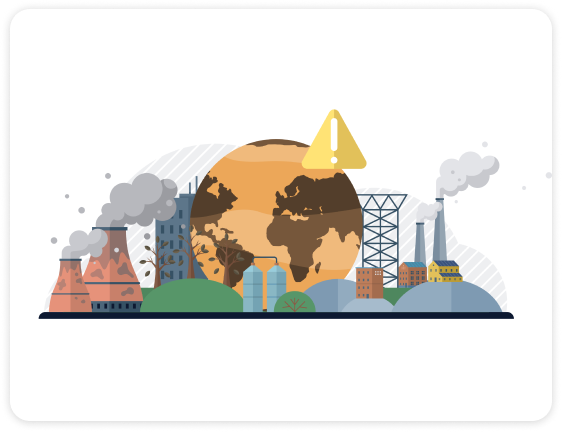
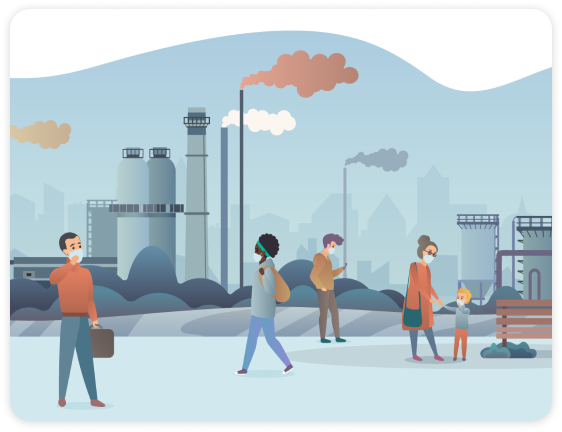
Causes of air pollution
- Most air pollution is caused by human activities such as driving, construction and other various actions
- Pollution can be visible (smoke), invisible, smelly (car exhaust) or have no smell and is harmful for all living beings.
Helping the air
- The good news is that our air is getting cleaner but there’s still more to do to make the air even better.
- You and your family can help make the air cleaner, too.